If you’re a car owner, you’re likely familiar with the frustration of discovering surface rust on your vehicle. Not only does it look unsightly, but if left unchecked, it can lead to more serious structural damage and potentially compromise your car’s safety. Fortunately, removing surface rust is a task that can be tackled with the right tools and techniques.
In this blog post, we’ll explore the best methods for removing surface rust from your car, from simple DIY solutions to more advanced techniques. We’ll also discuss the importance of preventing rust in the first place and offer tips for maintaining your car’s exterior to prevent future rust formation. So if you’re tired of seeing unsightly rust spots on your car and want to restore its appearance and integrity, read on for our expert advice.
But before we dive into the nitty-gritty of rust removal, let’s consider an important question: why does rust form on cars in the first place? Understanding the underlying causes of rust can help us prevent it from happening in the future and protect our cars from further damage.
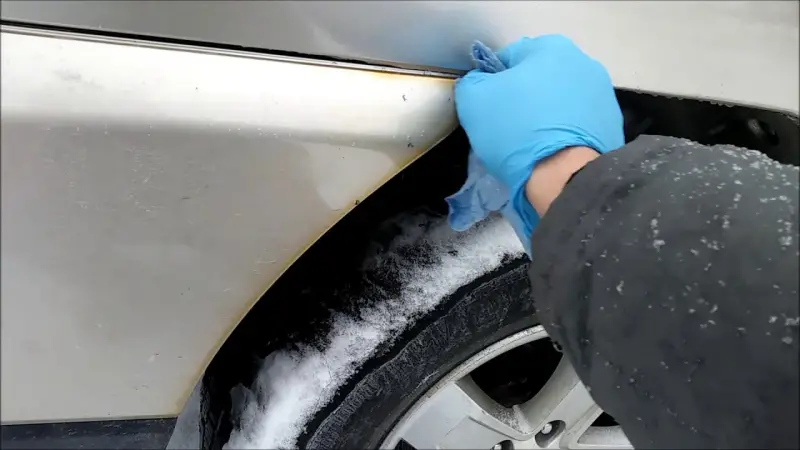
Removing Surface Rust From A Car Overview
First off, let me tell you, there are so many great products and methods out there to remove surface rust from your car, it’s hard not to get excited! One product that really impressed me is the Rust-Oleum Rust Dissolver Gel. This gel is specifically designed to dissolve rust on metal surfaces and can be applied directly to the affected area. What’s great about this product is that it’s fast-acting and can remove even the most stubborn rust stains in just a matter of minutes. Plus, it’s safe to use on a variety of surfaces, including aluminum, chrome, and fiberglass.
Another method I found to be effective in removing surface rust is sanding. By using sandpaper or a sanding disc, you can sand away the rust and smooth out the affected area. It’s important to wear protective gloves and a mask while sanding to avoid inhaling any particles, but with the right tools and a little elbow grease, you can make your car look like new again.
Finally, when it comes to materials, a good quality rust converter can be a real game-changer. A rust converter works by converting rust into a stable, non-reactive surface that can be painted over. This not only removes the rust but also prevents it from coming back. One rust converter that impressed me is the Corroseal Water-Based Rust Converter. This product is easy to apply, non-toxic, and can be used on a variety of surfaces, including cars, trucks, and boats.
Overall, removing surface rust from your car is a task that can be accomplished with the right products and methods. By using a combination of rust dissolvers, sanding, and rust converters, you can make your car look like new again and protect it from future rust formation.
Removing Surface Rust From A Car – Methods in Comparison
Analysis of the Problem:
Surface rust is a form of corrosion that forms on metal surfaces when they are exposed to oxygen and moisture. Cars are particularly vulnerable to surface rust, as their metal parts are constantly exposed to the elements. If left unchecked, surface rust can spread and cause serious structural damage to your car.
Methods for Removing Surface Rust:
- Sanding:
Sanding is one of the most common and effective methods for removing surface rust from a car. You can use sandpaper or a sanding disc to remove the rust and smooth out the affected area. This method works best for small rust spots or areas with light surface rust.
Pros: Sanding is an inexpensive and straightforward method that can be done at home with minimal equipment. It’s also effective in removing rust and smoothing out the affected area.
Cons: Sanding can be time-consuming and labor-intensive, especially for larger rust spots. It can also be challenging to sand curved or hard-to-reach areas.
- Chemical Rust Removers:
Chemical rust removers are products that dissolve rust on metal surfaces. They usually come in the form of gels or sprays and can be applied directly to the affected area.
Pros: Chemical rust removers are fast-acting and can remove even the most stubborn rust stains in just a matter of minutes. They’re also safe to use on a variety of surfaces, including aluminum, chrome, and fiberglass.
Cons: Chemical rust removers can be expensive, especially if you need to remove rust from a large area. They can also be hazardous to your health if not used properly, so it’s essential to wear protective gear while using them.
- Rust Converters:
Rust converters are products that convert rust into a stable, non-reactive surface that can be painted over. They work by chemically reacting with rust and creating a protective barrier that prevents further rust formation.
Pros: Rust converters are effective in removing rust and preventing it from coming back. They’re also easy to apply and can be used on a variety of surfaces.
Cons: Rust converters can be expensive, and they usually require several coats to be effective. They can also be challenging to apply evenly, especially on curved or hard-to-reach areas.
| Method | Pros | Cons |
|---|---|---|
| Sanding | Inexpensive and straightforward, effective | Time-consuming, labor-intensive |
| Chemical Removers | Fast-acting, safe to use on a variety of surfaces | Expensive, hazardous to health if not used properly |
| Rust Converters | Effective in removing rust, prevents further rust | Expensive, requires several coats, difficult to apply evenly |
Removing surface rust from a car is a task that can be accomplished with various methods, including sanding, chemical rust removers, and rust converters. Each method has its pros and cons, so it’s essential to choose the one that best suits your needs and budget. If you have a small rust spot or light surface rust, sanding may be the best option. If you need to remove rust from a large area, a chemical rust remover or rust converter may be more effective.
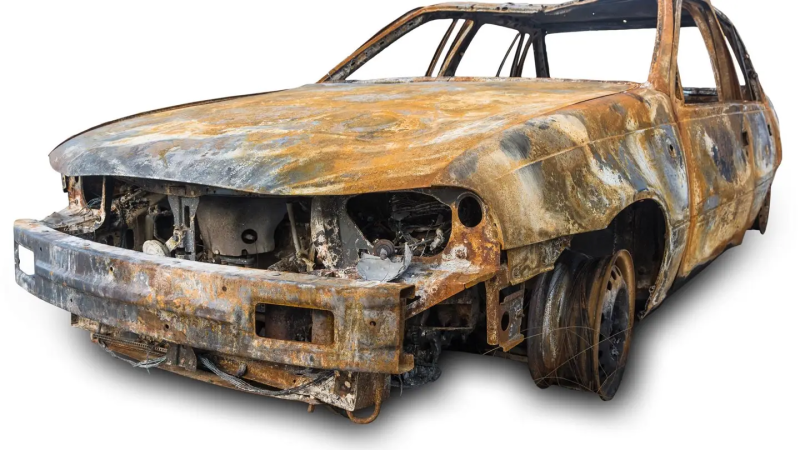
Equipment to Work With Removing Surface Rust from a Car
| Equipment | Description |
|---|---|
| Sandpaper | Abrasive paper used to sand the rusted area. |
| Sanding Discs | Rotary sanding discs used with an electric drill or angle grinder to sand larger rusted areas. |
| Wire Brushes | Metal brushes used to remove rust and debris from metal surfaces. |
| Chemical Rust Removers | Products that dissolve rust on metal surfaces. |
| Rust Converters | Products that chemically react with rust to create a stable surface that can be painted over. |
| Rust Inhibitors | Products that prevent rust from forming on metal surfaces. |
| Protective Gear | Gloves, safety goggles, respirator mask, and other equipment to protect your skin and lungs. |
| Power Tools | Angle grinder, electric drill, or rotary tool with sanding or wire brush attachments. |
| Metal Primer | Specialized paint designed to protect metal surfaces from rust and corrosion. |
| Automotive Paint | Paint designed for use on cars and other vehicles. |
Keep in mind that the equipment you’ll need may vary depending on the method you choose to remove the surface rust. For example, if you choose to sand the rusted area, you’ll need sandpaper, sanding discs, and possibly an angle grinder or rotary tool. On the other hand, if you choose to use a chemical rust remover or rust converter, you may not need as much equipment, but you’ll need to wear protective gear and follow the manufacturer’s instructions carefully.
Step-by-Step Instruction on Removing Surface Rust from a Car
- Gather your equipment: You’ll need sandpaper or sanding discs, wire brushes, chemical rust removers or rust converters, protective gear, and metal primer and automotive paint (if you plan to repaint the surface).
- Clean the area: Use soap and water to clean the rusted area, then dry it thoroughly.
- Sand the rusted area: Use sandpaper or sanding discs to sand the rusted area until the rust is removed and the surface is smooth. Be sure to sand beyond the rusted area to ensure that all rust is removed.
- Use a wire brush: Use a wire brush to remove any remaining rust or debris from the area. Be sure to wear gloves and protective gear to prevent injury.
- Apply a rust remover or converter: Follow the manufacturer’s instructions carefully to apply the rust remover or converter to the rusted area. Be sure to wear protective gear and work in a well-ventilated area.
- Let it sit: Allow the rust remover or converter to sit on the rusted area for the amount of time specified by the manufacturer. This will give it time to dissolve or convert the rust.
- Rinse the area: Use a damp cloth to wipe away the rust remover or converter, then rinse the area thoroughly with water.
- Let it dry: Allow the area to dry completely before moving on to the next step.
- Apply primer and paint (if necessary): If you plan to repaint the area, apply a metal primer to the surface, then paint over it with automotive paint. Follow the manufacturer’s instructions for the best results.
F.A.Q.
Is surface rust a serious problem?
Surface rust can eventually lead to more serious corrosion and structural damage if left untreated. It’s important to remove surface rust as soon as possible to prevent it from spreading.
Can I use household products to remove surface rust from my car?
While there are some household products that can be used to remove surface rust, such as vinegar or baking soda, they may not be as effective as specialized rust removers or converters. It’s best to use products specifically designed for removing rust from metal surfaces.
Can I remove surface rust without repainting the surface?
YYes, it’s possible to remove surface rust without repainting the surface. After removing the rust, you can apply a rust inhibitor to prevent further corrosion. However, if the surface is damaged or the paint is already peeling, you may need to repaint the surface to protect it from further damage.
Can I remove rust from a car with a power tool?
Yes, power tools such as an angle grinder or electric drill with a sanding or wire brush attachment can be used to remove rust from a car. However, it’s important to be careful when using power tools to avoid damaging the surface of the car.
How often should I check my car for surface rust?
It’s a good idea to check your car for surface rust on a regular basis, especially if you live in a humid or salty environment. Check the areas around the wheel wells, the undercarriage, and other areas where water and debris can collect. If you notice any rust, it’s best to address it as soon as possible.
Can I prevent surface rust from forming on my car?
Yes, there are steps you can take to prevent surface rust from forming on your car, such as washing and waxing your car regularly, keeping it out of salty or humid environments, and using rust inhibitors or sealants on metal surfaces.
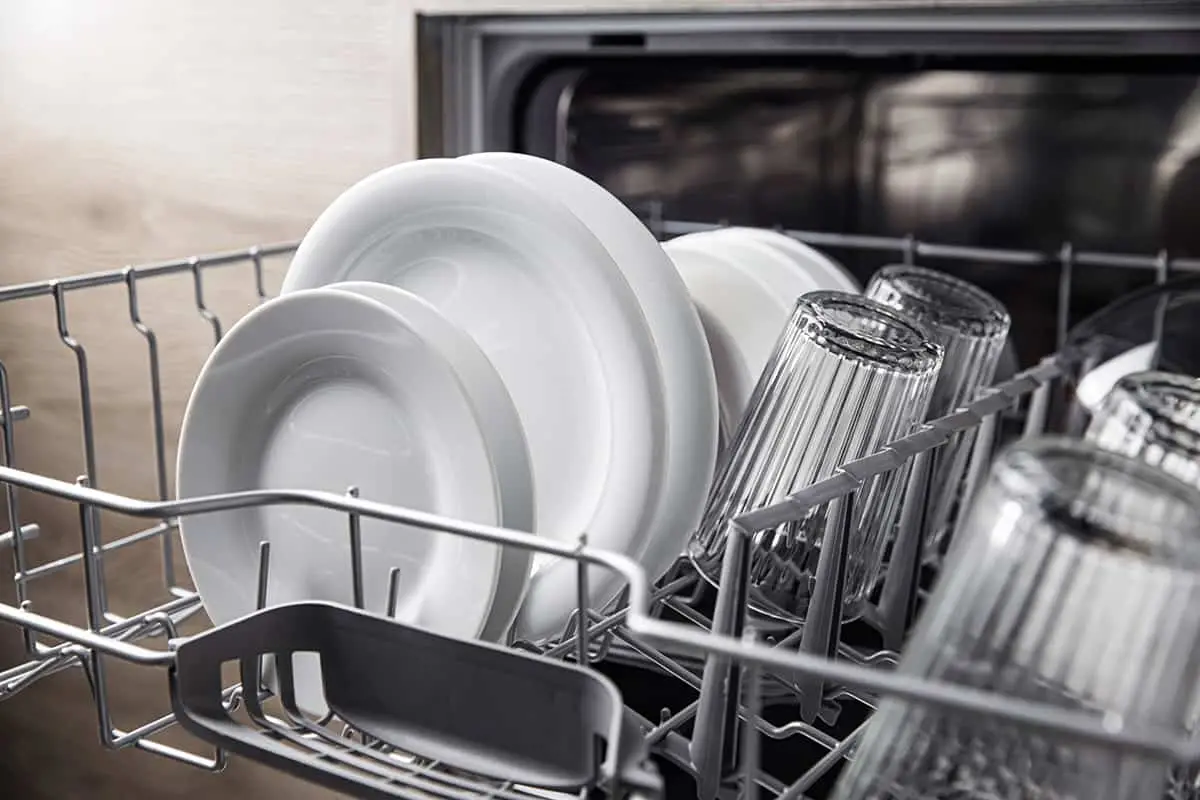
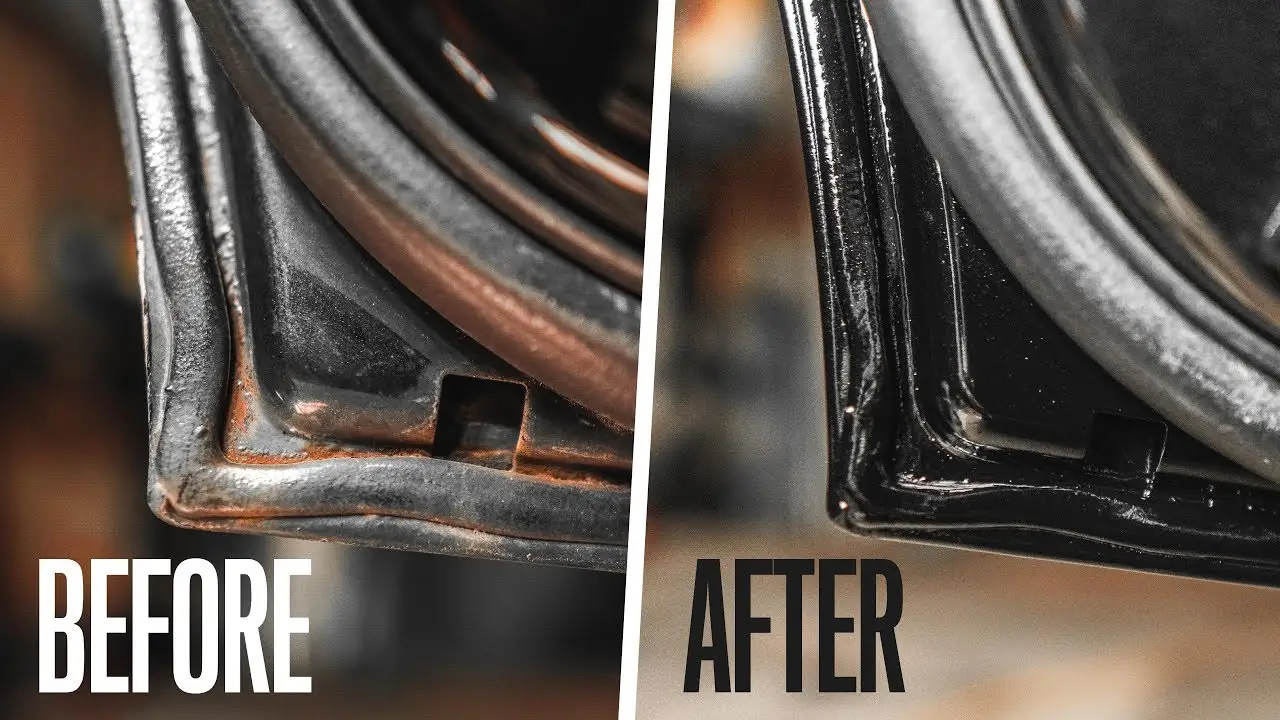
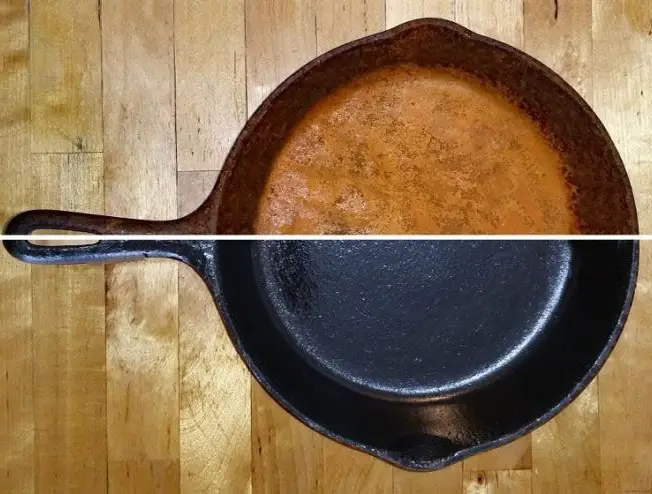
Leave a Reply